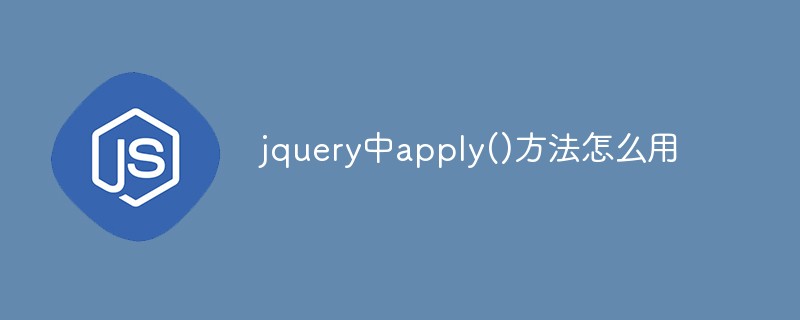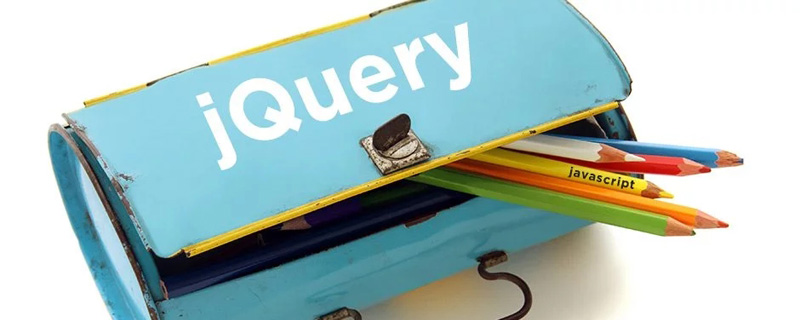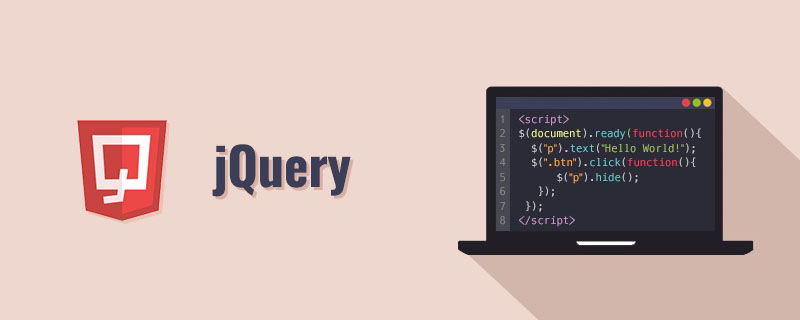 Web Front-end
Web Front-end JS Tutorial
JS Tutorial A case study on how to use jQuery to imitate Baidu's pagination footprints
A case study on how to use jQuery to imitate Baidu's pagination footprintsThis article mainly introduces the imitation Baidu paging footprint effect code implemented by jQuery. It uses jQuery to set different styles for different odd and even page numbers. It is very simple and practical. Friends in need can refer to the example of this article
Describes the imitation Baidu paging footprint effect code implemented by jQuery. Share it with everyone for your reference. The details are as follows:
This is a paging footprint effect similar to Baidu. Based on jquery, the principle is that all odd-numbered footprint elements are given different styles, and other non-odd elements are Just stick to the default style.
Parameter description:
obj is all odd elements
even the current click trigger event
bg is the footprint element
active_bg is the footprint background after clicking
The screenshot of the running effect is as follows:

The online demonstration address is as follows:
http://demo.jb51.net/js/2015/jquery-f -baidu-page-style-codes/
The specific codes are as follows:
<!DOCTYPE html PUBLIC "-//W3C//DTD XHTML 1.0 Transitional//EN"
"http://www.w3.org/TR/xhtml1/DTD/xhtml1-transitional.dtd">
<html xmlns="http://www.w3.org/1999/xhtml">
<head>
<meta http-equiv="Content-Type" content="text/html; charset=utf-8" />
<title>百度分页足迹</title>
<script src="jquery-1.7.2.min.js" type="text/javascript"></script>
<style type="text/css">
.page{padding:100px 0;zoom:1}
.page:after{content:"";display:block;height:0;clear:both;visibility:hidden;}
.page span{position:relative;margin:0 2px;border:solid 1px #ccc;float:left;}
.page span a{padding:2px 5px;cursor:pointer;}
.page span i{display:block;height:10px;width:10px;background:#ccc;border-radius:50%;position:absolute;left:50%;top:-20px;margin-left:-5px;}
.page span i.active_i{background:red;}
</style>
<script type="text/javascript">
$(document).ready(function(){
function pageStyle(obj,even,bg,active_bg){
/*参数说明:
obj为所有奇数元素
even当前所要点击触发事件
bg为足迹元素
active_bg为点击后的足迹背景
作者:zoowar
*/
$(obj).css("top","-30px");
$(even).click(function(){
$(this).siblings(bg).addClass(active_bg).parent().siblings().find(bg).removeClass(active_bg);
})
}
pageStyle(".page i:even",".page a","i","active_i");
})
</script>
</head>
<body>
<p class="page">
<span><a>上一页</a></span>
<span><a>1</a><i class="active_i"></i></span>
<span><a>2</a><i></i></span>
<span><a>3</a><i></i></span>
<span><a>4</a><i></i></span>
<span><a>5</a><i></i></span>
<span><a>5</a><i></i></span>
<span><a>6</a><i></i></span>
<span><a>7</a><i></i></span>
<span><a>8</a><i></i></span>
<span><a>9</a><i></i></span>
<span><a>下一页</a></span>
</p>
</body>
</html>The above is the detailed content of A case study on how to use jQuery to imitate Baidu's pagination footprints. For more information, please follow other related articles on the PHP Chinese website!
 jquery实现多少秒后隐藏图片Apr 20, 2022 pm 05:33 PM
jquery实现多少秒后隐藏图片Apr 20, 2022 pm 05:33 PM实现方法:1、用“$("img").delay(毫秒数).fadeOut()”语句,delay()设置延迟秒数;2、用“setTimeout(function(){ $("img").hide(); },毫秒值);”语句,通过定时器来延迟。
 jquery怎么修改min-height样式Apr 20, 2022 pm 12:19 PM
jquery怎么修改min-height样式Apr 20, 2022 pm 12:19 PM修改方法:1、用css()设置新样式,语法“$(元素).css("min-height","新值")”;2、用attr(),通过设置style属性来添加新样式,语法“$(元素).attr("style","min-height:新值")”。
 axios与jquery的区别是什么Apr 20, 2022 pm 06:18 PM
axios与jquery的区别是什么Apr 20, 2022 pm 06:18 PM区别:1、axios是一个异步请求框架,用于封装底层的XMLHttpRequest,而jquery是一个JavaScript库,只是顺便封装了dom操作;2、axios是基于承诺对象的,可以用承诺对象中的方法,而jquery不基于承诺对象。
 jquery怎么在body中增加元素Apr 22, 2022 am 11:13 AM
jquery怎么在body中增加元素Apr 22, 2022 am 11:13 AM增加元素的方法:1、用append(),语法“$("body").append(新元素)”,可向body内部的末尾处增加元素;2、用prepend(),语法“$("body").prepend(新元素)”,可向body内部的开始处增加元素。
 jquery中apply()方法怎么用Apr 24, 2022 pm 05:35 PM
jquery中apply()方法怎么用Apr 24, 2022 pm 05:35 PM在jquery中,apply()方法用于改变this指向,使用另一个对象替换当前对象,是应用某一对象的一个方法,语法为“apply(thisobj,[argarray])”;参数argarray表示的是以数组的形式进行传递。
 jquery怎么删除div内所有子元素Apr 21, 2022 pm 07:08 PM
jquery怎么删除div内所有子元素Apr 21, 2022 pm 07:08 PM删除方法:1、用empty(),语法“$("div").empty();”,可删除所有子节点和内容;2、用children()和remove(),语法“$("div").children().remove();”,只删除子元素,不删除内容。
 jquery on()有几个参数Apr 21, 2022 am 11:29 AM
jquery on()有几个参数Apr 21, 2022 am 11:29 AMon()方法有4个参数:1、第一个参数不可省略,规定要从被选元素添加的一个或多个事件或命名空间;2、第二个参数可省略,规定元素的事件处理程序;3、第三个参数可省略,规定传递到函数的额外数据;4、第四个参数可省略,规定当事件发生时运行的函数。
 jquery怎么去掉只读属性Apr 20, 2022 pm 07:55 PM
jquery怎么去掉只读属性Apr 20, 2022 pm 07:55 PM去掉方法:1、用“$(selector).removeAttr("readonly")”语句删除readonly属性;2、用“$(selector).attr("readonly",false)”将readonly属性的值设置为false。


Hot AI Tools

Undresser.AI Undress
AI-powered app for creating realistic nude photos

AI Clothes Remover
Online AI tool for removing clothes from photos.

Undress AI Tool
Undress images for free

Clothoff.io
AI clothes remover

AI Hentai Generator
Generate AI Hentai for free.

Hot Article

Hot Tools

Dreamweaver Mac version
Visual web development tools

SAP NetWeaver Server Adapter for Eclipse
Integrate Eclipse with SAP NetWeaver application server.

Atom editor mac version download
The most popular open source editor

VSCode Windows 64-bit Download
A free and powerful IDE editor launched by Microsoft

SublimeText3 Chinese version
Chinese version, very easy to use





